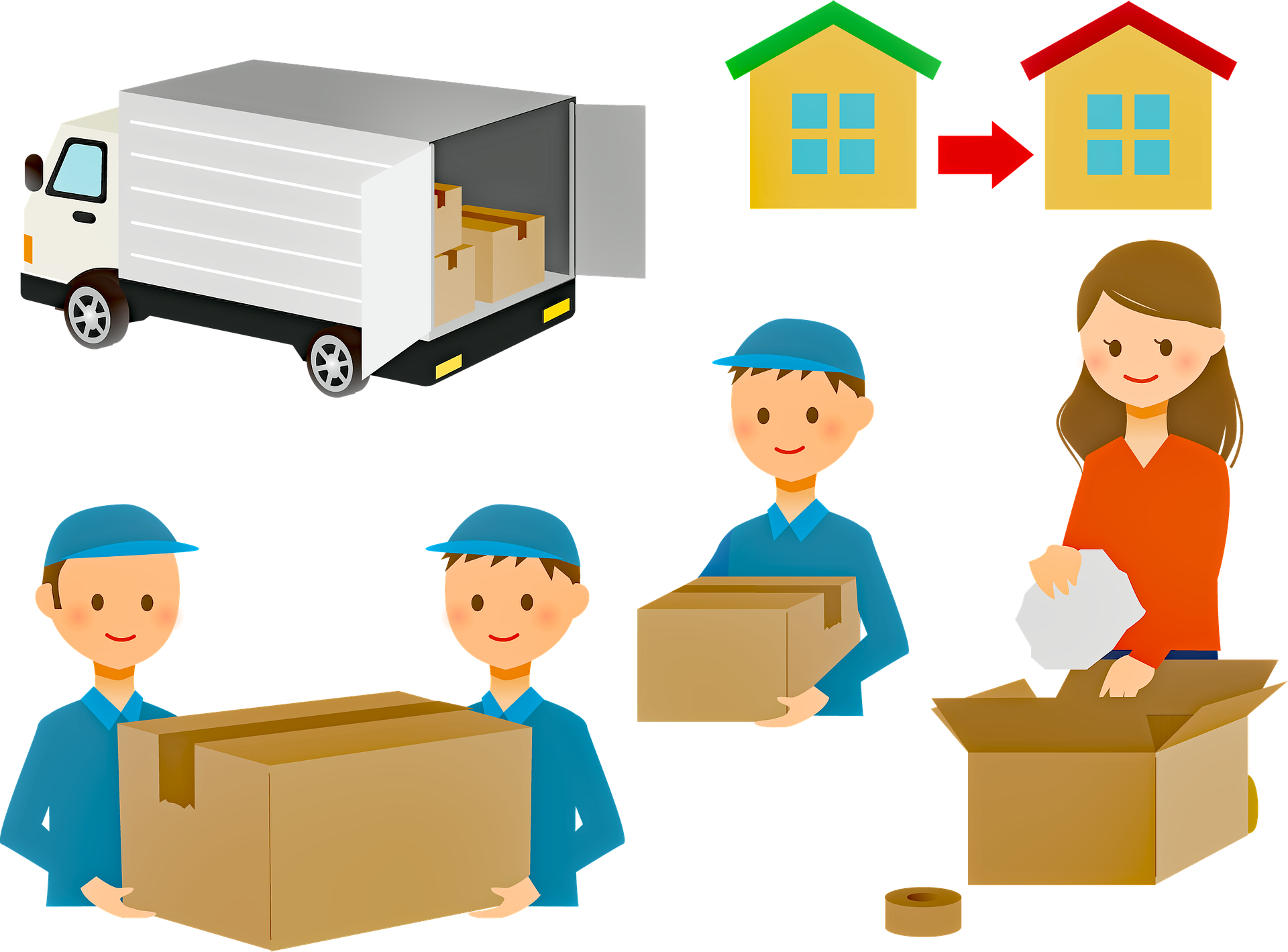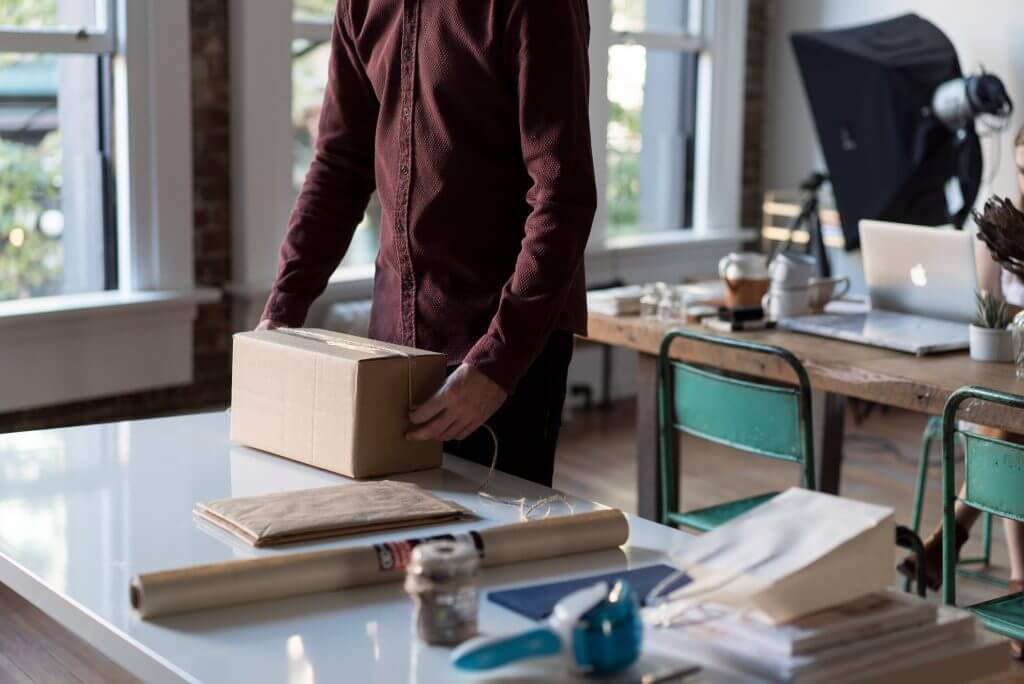As a human being, you will find yourself getting angry at some point. Some of the common causes of anger include annoyance, harassment, disappointment, betrayal, and frustrations just to name a few. Even though it is normal for human beings to get angry, the situation is more rampart among pregnant women.
Scientific research informs us that the baby will experience the world through the mom. You need to understand that the developing baby feels the emotions of the mother. When a pregnant woman gets angry, her heart rate increases which cause the body to release and pass certain chemicals to the developing child via the placenta.
A rise in the blood pressure also causes an increase in the energy level. The body ends up releasing epinephrine and adrenaline and this enhances the amount of tension in the uterus. This will constrict the blood vessels and reduce the supply of oxygen in the uterus which is dangerous to your baby. Therefore, angriness during pregnancy affects both the mother and the unborn child. However, we cannot understand how to control anger during pregnancy without looking at the common causes of anger during pregnancy.
What Causes Anger During Pregnancy?
Hormonal Changes
During pregnancy, the human body releases several hormones that are hard to cope with. Therefore, understanding hormonal imbalances during pregnancy falls among the tips of having a healthy baby. These strange hormones cause the pregnant woman to have swing moods. You may find the woman getting angry over anything. The same thing that brings joy to the woman may be a source of anger the following minute. These hormones trigger anger even from your past experiences especially from your partner, family members and colleagues at work.
Lack of Comfort
Lack of comfort is a major source of anger during pregnancy. It is quite disturbing to see everyone stare at you as you walk down the street. The truth of the matter is that you are telling the world that you had sex a few months ago. Morning sickness and the vomiting that comes with it also makes some pregnant women develop anger. Finally, carrying an extra load in the womb is not an easy task.
Inequality
Pregnancy should be a source of joy but this does not happen on the ground. One challenge that most women face is discrimination during pregnancy especially at the place of work. Some bosses even delay to give the expectant women maternity reliefs. The truth of the matter is that you may not be able to do all your tasks at work while pregnant. The challenge with some bosses is that they think you are looking for special attention. The goodness is that most partners step in to assist with the household tasks. It is stressful to do some tasks when no one is willing to assist.
Fear
As an expectant woman, you will always have the fear of experiencing labor. The worst experience is when you hear of stories of women who died during labor. Some women fear that they may give birth to a child who has defects. In summary, any expectant woman has so much to worry about.
Consequences of Anger During Pregnancy
- Underweight Babies
- Premature Babies
- Hyperactive Babies
How to Avoid Being Angry During Pregnancy
- Don’t worry so much
- Be positive
- Lead a healthy lifestyle
- Relax
This article presents several tips during pregnancy to have a fair baby. What most women don’t understand is that anger during pregnancy affects both the mother and the unborn child. These pregnancy care tips will assist you to manage anger during pregnancy. If you find this information to be useful, you are free to share it with another person.






















